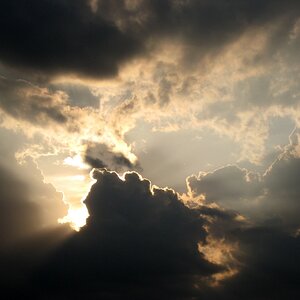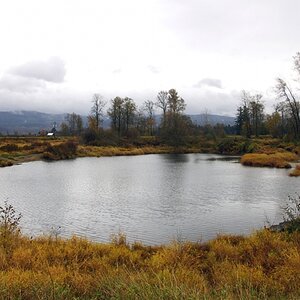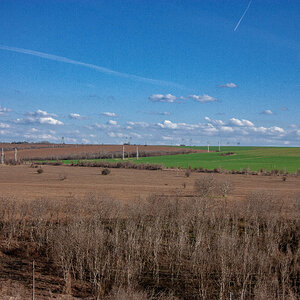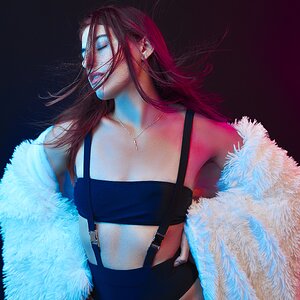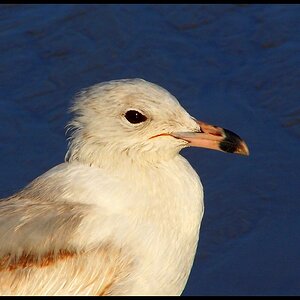I've been doing some photocopying, and I've been using incandescent lights for a while. I seem to have forgot somewhere along the line about things, such as color temperature and the different between compact fluorescent lamps ("CFLs") and incandescent types.
My questions will eventually come, but first a story.
The reason I started using incandescent lights was because the overhead fluorescent lights were creating hot spots/glare on some of my objects. I thought to myself when this was happening, "How do I stop this?"
I decided to turn off the overhead lights, use some desk lamps, and start using incandescent light bulbs.
They work OK, but I really want something a lot less yellow/orange. I adjusted the WB and EV, but the camera still turned things yellow.
I didn't start caring about my lighting setup until I decided to try something silly. I looked overhead and saw the cheap, thin, black plastic raincoat I use to block out reflections coming from above the copystand. I somewhat layered it across the fluorescent lights, pipes, and whatnot; and I decided to turn on the overhead light, turn off the desk lamps, and start photocopying. To my amazement, the black raincoat started polarizing the light.
I thought to myself, "Wow, this is freaking awesome. Why didn't I think of this a while back?"
The pictures started looking decent.
It got me thinking about using fluorescent lighting again, but I decided I needed to know more about using fluorescent lights before using them again.
I started learning about color level, and I learned 5000K or so is the color temperature of daylight. I read on a website that it's orangish, and another website said it's whitish. I don't really know what kind of hue 5000K gives, but I'm looking for a polarized sunlight hue.
I had used polarized sunlight (cloudy-day light). It gave many of the photocopied things a blue tint, but I could easily use WB and EV to compensate for the outdoor light. However, using the clouds turned things into "seasonal activity." I learned I could use polarized sunlight coming from windows, but it's still a seasonal activity in that manner.
Because it seems fluorescent bulbs give a better color to the things I photocopy, I decided I need to have a fluorescent bulb.
Yet after reviewing information about color levels, I decided I need a 5000K type fluorescent bulb.
Is that correct? 5000K? To obtain the polarized sunlight look?
I was talking to a photographer, and she said I need about 6500K. I'm not sure about that at all.
What kind of color level am I looking for?
What kind of fluorescent bulb should I be looking for?
Do hardware stores sell CFLs within the 5000K to 6500K range?
Are those kind of bulbs made?
Will they work for what I'm doing?
My questions will eventually come, but first a story.
The reason I started using incandescent lights was because the overhead fluorescent lights were creating hot spots/glare on some of my objects. I thought to myself when this was happening, "How do I stop this?"
I decided to turn off the overhead lights, use some desk lamps, and start using incandescent light bulbs.
They work OK, but I really want something a lot less yellow/orange. I adjusted the WB and EV, but the camera still turned things yellow.
I didn't start caring about my lighting setup until I decided to try something silly. I looked overhead and saw the cheap, thin, black plastic raincoat I use to block out reflections coming from above the copystand. I somewhat layered it across the fluorescent lights, pipes, and whatnot; and I decided to turn on the overhead light, turn off the desk lamps, and start photocopying. To my amazement, the black raincoat started polarizing the light.
I thought to myself, "Wow, this is freaking awesome. Why didn't I think of this a while back?"
The pictures started looking decent.
It got me thinking about using fluorescent lighting again, but I decided I needed to know more about using fluorescent lights before using them again.
I started learning about color level, and I learned 5000K or so is the color temperature of daylight. I read on a website that it's orangish, and another website said it's whitish. I don't really know what kind of hue 5000K gives, but I'm looking for a polarized sunlight hue.
I had used polarized sunlight (cloudy-day light). It gave many of the photocopied things a blue tint, but I could easily use WB and EV to compensate for the outdoor light. However, using the clouds turned things into "seasonal activity." I learned I could use polarized sunlight coming from windows, but it's still a seasonal activity in that manner.
Because it seems fluorescent bulbs give a better color to the things I photocopy, I decided I need to have a fluorescent bulb.
Yet after reviewing information about color levels, I decided I need a 5000K type fluorescent bulb.
Is that correct? 5000K? To obtain the polarized sunlight look?
I was talking to a photographer, and she said I need about 6500K. I'm not sure about that at all.
What kind of color level am I looking for?
What kind of fluorescent bulb should I be looking for?
Do hardware stores sell CFLs within the 5000K to 6500K range?
Are those kind of bulbs made?
Will they work for what I'm doing?


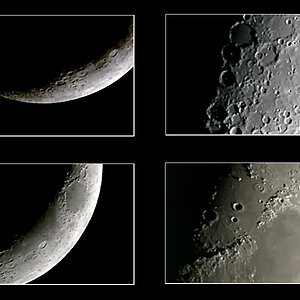
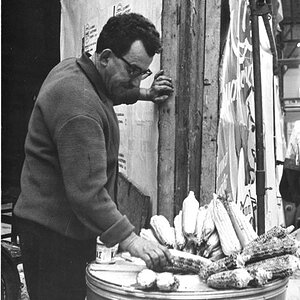
![[No title]](/data/xfmg/thumbnail/33/33340-27d18dd642b5257e4b9a04a4c1feffd1.jpg?1619735910)
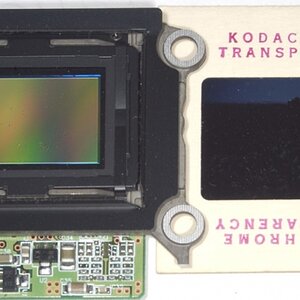
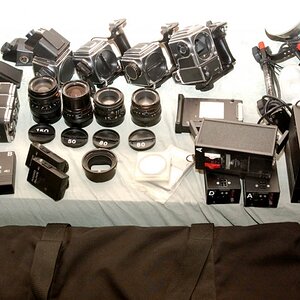
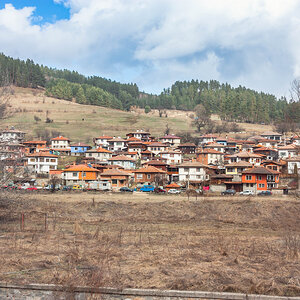
![[No title]](/data/xfmg/thumbnail/36/36400-97a007ae878e1032155c7a7d47eeba73.jpg?1619737552)
